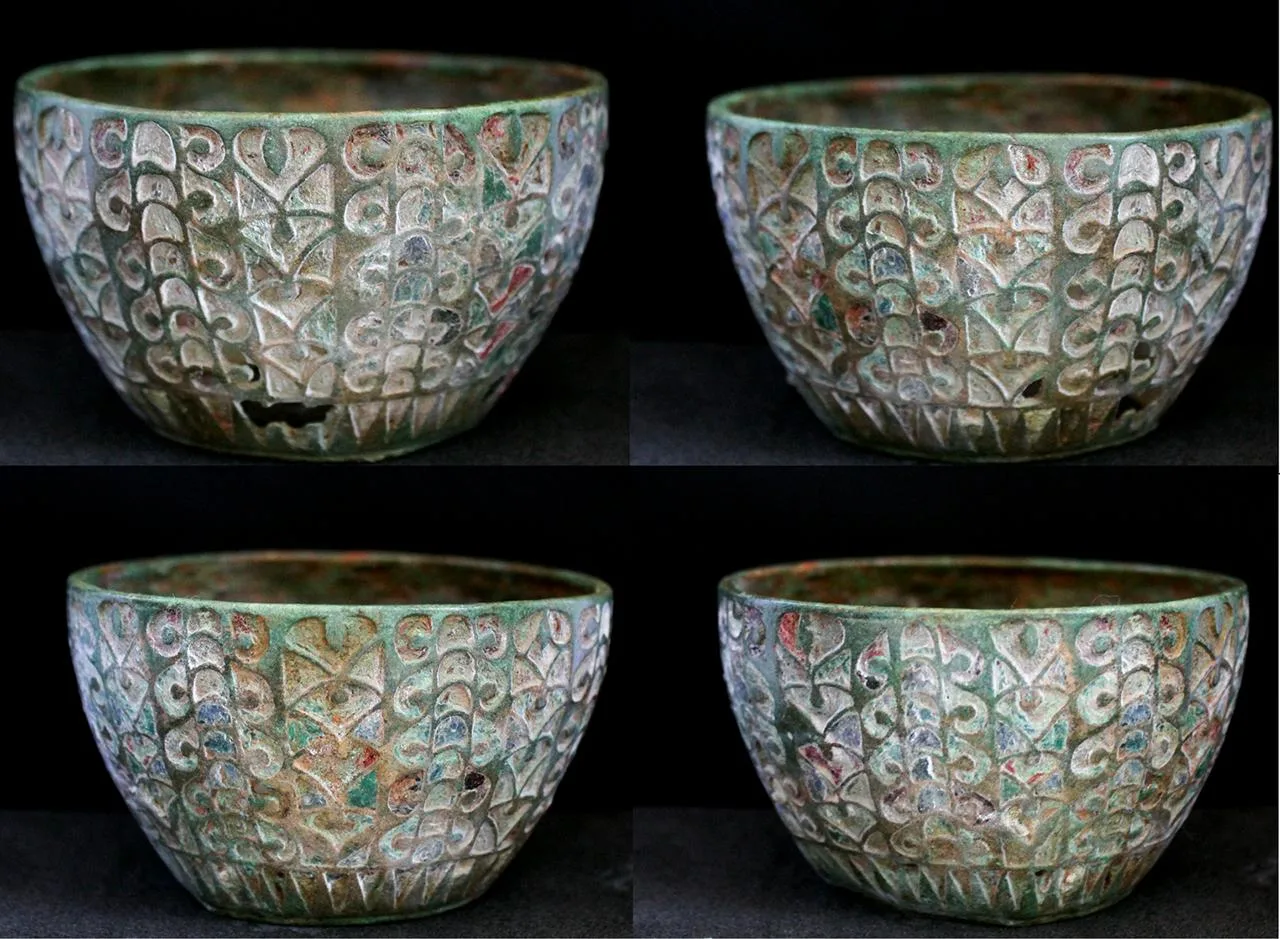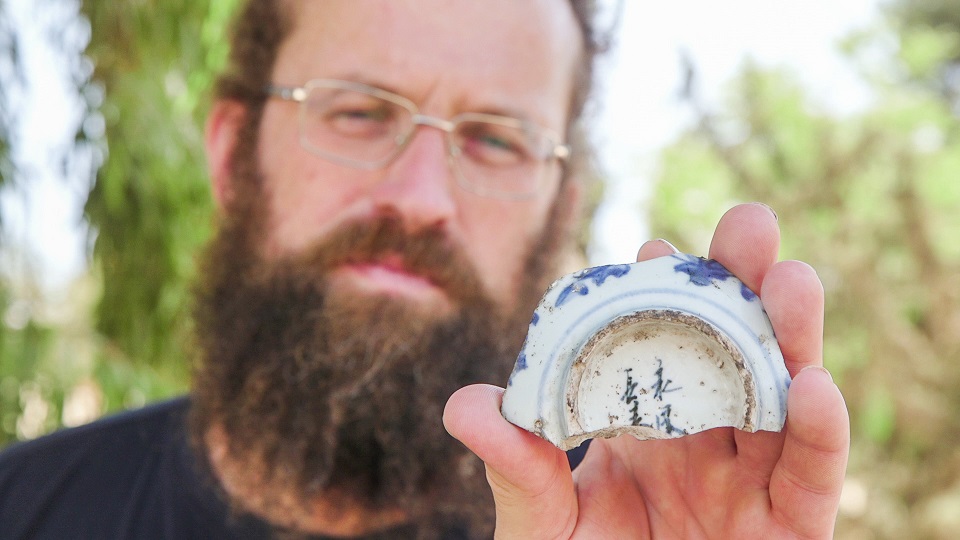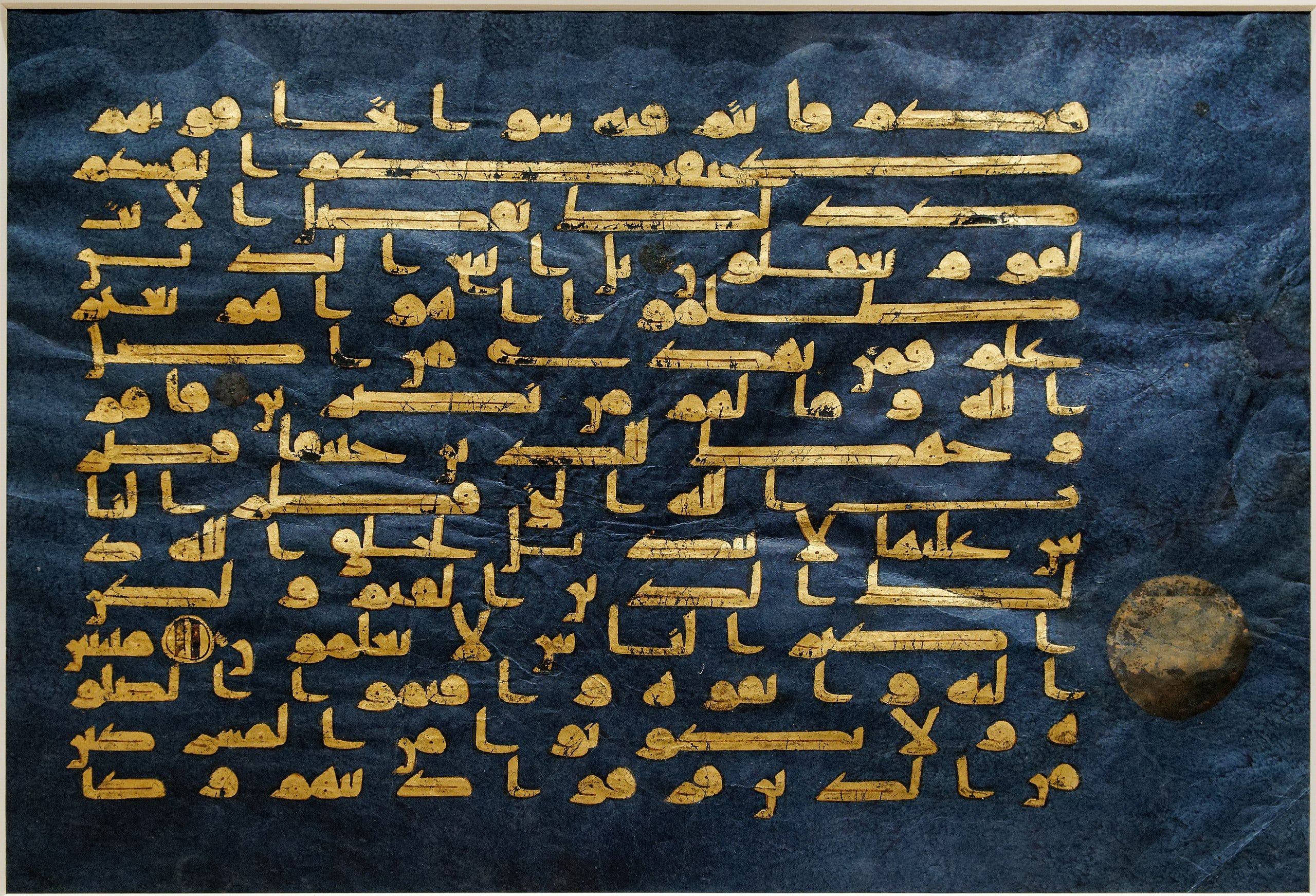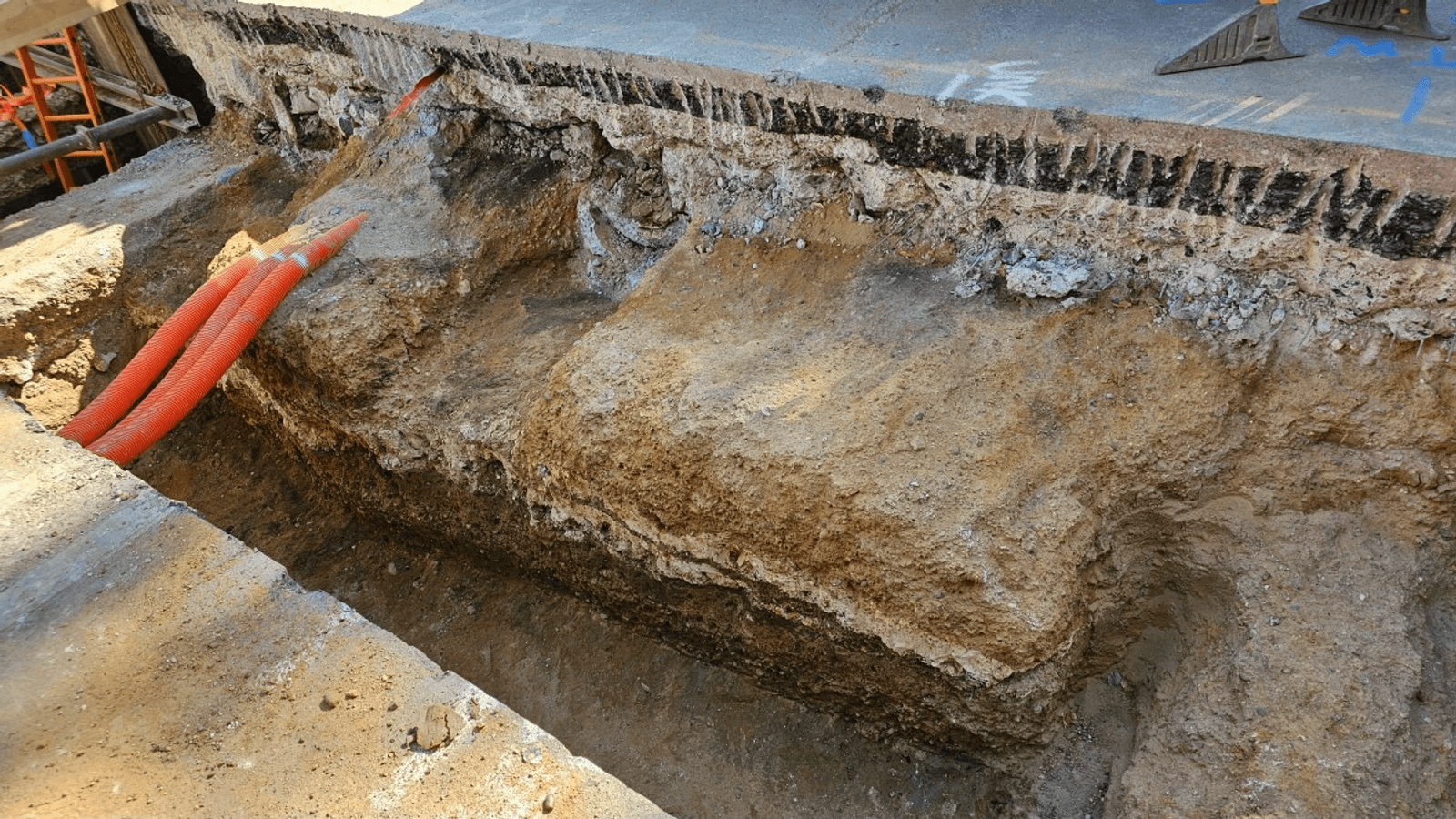
In a 6th-century Anglo-Saxon tomb, an ancient Roman chalice was discovered containing pig fat
In 2018, archaeologists conducting excavations in Scremby, Lincolnshire, uncovered an enameled copper alloy chalice within a 6th-century AD female grave. This discovery was part of a study by the University of Sheffield, focusing on a Migration Period cemetery in Scremby that features 49 burials dating from 480 to 540 AD. The multicolored goblet, approximately 1,800

In the Netherlands, a 2,000-year-old Roman tomb belonging to a soldier named Flaccus has been discovered
Archaeologists have discovered a 2,000-year-old tomb from the Roman settlement in Heerlen, Netherlands. Recent analyses indicate that the tomb belonged to a Roman soldier named ‘Flaccus.’ This finding is being celebrated as the “most distinctive evidence of Roman presence in this area,” marking the first instance of a Roman tomb from 0 AD that includes

A treasure consisting of gold and silver Roman coins from the reign of Emperor Nero was discovered in West England
During construction work in Worcestershire, West England, a treasure of Roman and Iron Age silver coins dating back to the reign of Emperor Nero was discovered. The find includes the largest collection of coins from the reign of Nero ever found. The treasure consists of 1,368 coins. The coins span a period from 157 BC

Archaeologists discovered a 500-year-old Chinese inscription on Mount Zion in Jerusalem
Archaeologists have discovered a 500-year-old Chinese inscription on a piece of blue-and-white porcelain found on Mount Zion, representing the oldest known Chinese writing found in Israel. The inscription states, “Forever we will protect the eternal spring,” and was uncovered during a three-year collaborative excavation conducted by the Israeli Antiquities Authority (IAA) and the German Protestant

The 2,000-year-old fig located in Ireland will shed light on trade between the Roman Empire and Ireland
Archaeologists from University College Dublin discovered a 2,000-year-old fig during an archaeological excavation at a headland in Drumanagh, North Dublin. The discovered 2,000-year-old fig sheds light on the foods traded between the Roman Empire and Ireland thousands of years ago. The area in Drumanagh where the excavation took place was an important trade center for

The markings on a 4,400-year-old clay cylinder found in a grave may represent an example of the world’s oldest alphabet
Humans discovered writing through the Sumerians in Mesopotamia. A series of symbols inscribed on clay tablets is considered the beginning of writing. Over time, these symbols evolved in the hands of scribes, transforming into a more easily writable form, which became the alphabet. The creators of the alphabet are believed to be ancient Egyptian scribes.

The hidden text beneath the intricate gold leaf decorations on a page of the Blue Quran has been revealed
Researchers from the Zayed National Museum have uncovered hidden text beneath a complex layer of gold leaf on a page of the Blue Quran, one of the world’s most renowned Quran manuscripts, using multispectral imaging techniques. The team discovered verses from the Surah An-Nisa hidden under an intricate decoration adorned with gold leaf on a

Scientists discover that Aztec ‘Death Whistles’ have strange effects on listeners’ brains
New research has uncovered that one of the most eerie artifacts of the Aztecs, clay death whistles shaped like human skulls and capable of producing a scream-like sound, not only terrified listeners in ancient times but also significantly impacted the human brain’s capacity to heighten feelings of alarm and fear. The recent study, published this

Part of one of Britain’s most important Roman roads unearthed under London’s Old Kent Road
A section of Roman road, part of one of the most important roads built in Roman times, has been unearthed beneath Old Kent Road in south-east London. The 2,000-year-old road, known as Watling Street, was part of a route from the ancient Roman port at Dover through London to the West Midlands. Regarded as one

The structure known as ‘King Arthur’s Hall’ has been discovered to be 5,000 years old
The rectangular earth and stone structure known as King Arthur’s Hall in Cornwall has been found to have actually been built around 4,000 years ago. The structure is located in a remote area of Bodmin Moor. Researchers previously believed that King Arthur’s Palace on Bodmin Moor was constructed in the Middle Ages, but excavations revealed
